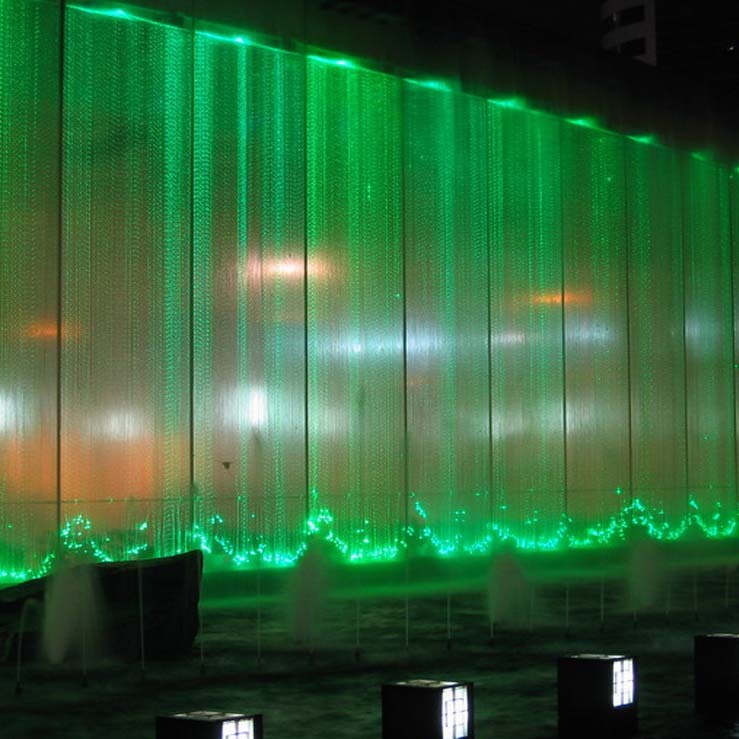How The Glowing Firefly Squid of Japan Produces Its Shine
4 comments
By JackKieffer, April 1, 2012 at 6:22 pm

You've probably seen this picture floating around on the internet: it recently became very popular on sites like Reddit and Pinterest - but what is it? Those glowing blue blobs are actually deep sea creatures called Glowing Firefly Squids, and they are some of the most beautiful of earth's marine life.
That's all wonderful, but you came here to learn, you budding Chicagoan scientist! How do the Glowing Firefly Squids of Japan glow that beautiful blue? Here's the basic rundown of how the phenomenon of bioluminescence works in these creatures:
The Firefly Squid, whose scientific name is the Watasenia Scintillans, is three inches long on average and is considered to be a cephalopod. Its body is covered in photophores, and this is what allows it to glow a light blue and communicate with other members of its species.
Why is it called the Firefly Squid? Well, the answer lies in the fact that the photophores in these marine animals are actually very similar to those found in fireflies. The light is produced by a complicated chemical reaction, which qualifies it as bioluminescence. (I won't go into the boring details, but this type of light is a result of the oxygen oxidation of an organic molecule. If you know what that means, pat yourself on the back.)
The Firefly Squid can even control these lights to scare off other predators, gather more squids, or lure in prey!



Firefly

fiber lighting



Fog effect
